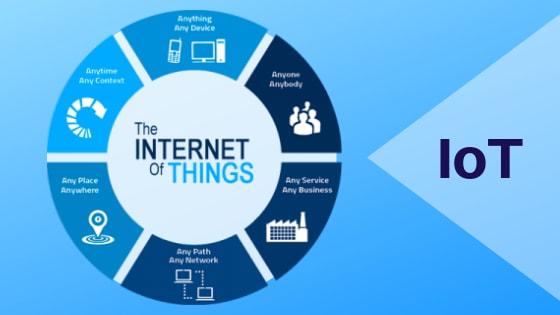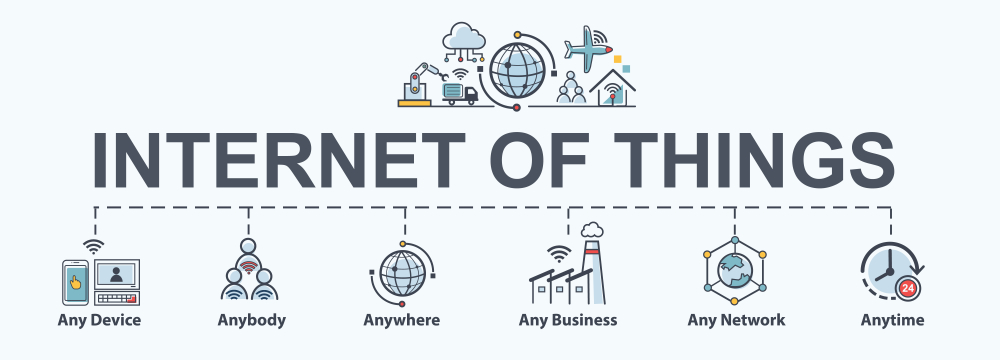Simply, IoT stands for Internet of Things (IoT) which refers to a system of interrelated, internet-connected objects that are able to collect and transfer data over a wireless network without human intervention.

As you know that in today's era, businesses are motivated and totally dependable on IoT because of the followings-
- The prospects of increasing revenue,
- Reducing operating costs, and
- Improving efficiencies etc
Businesses also are driven by a need for regulatory compliance. Almost every coming week comes with a newer technologies and connectivity strategies which hits the market.

IoT innovation will continue to evolve, furthering the transformation of unconnected objects into smart connected devices and there are a lot of technologies which can easily gather all the needful information from these IoT devices and brings a clear and meaningful picture to the business and they can take a right decision to improve their business strategies. This trend will impact industries of all kinds, as well as our personal lives.
How does IoT work?
Businesses that harness the data generated by the Internet of Things will survive and thrive in the future. As we know that an IoT ecosystem consists of web-enabled smart devices that use embedded systems, such as processors, sensors and communication hardware, to collect, send and act on data they acquire from their environments by the help of the other available technologies and one of the most popular technology is artificial intelligence (AI).

The connectivity, networking and communication protocols used with these web-enabled devices largely depend on the specific IoT applications deployed. IoT can also make use of artificial intelligence (AI) and machine learning to aid in making data collecting processes easier and more dynamic.
They will realize a significant competitive advantage.
Comments
Post a Comment